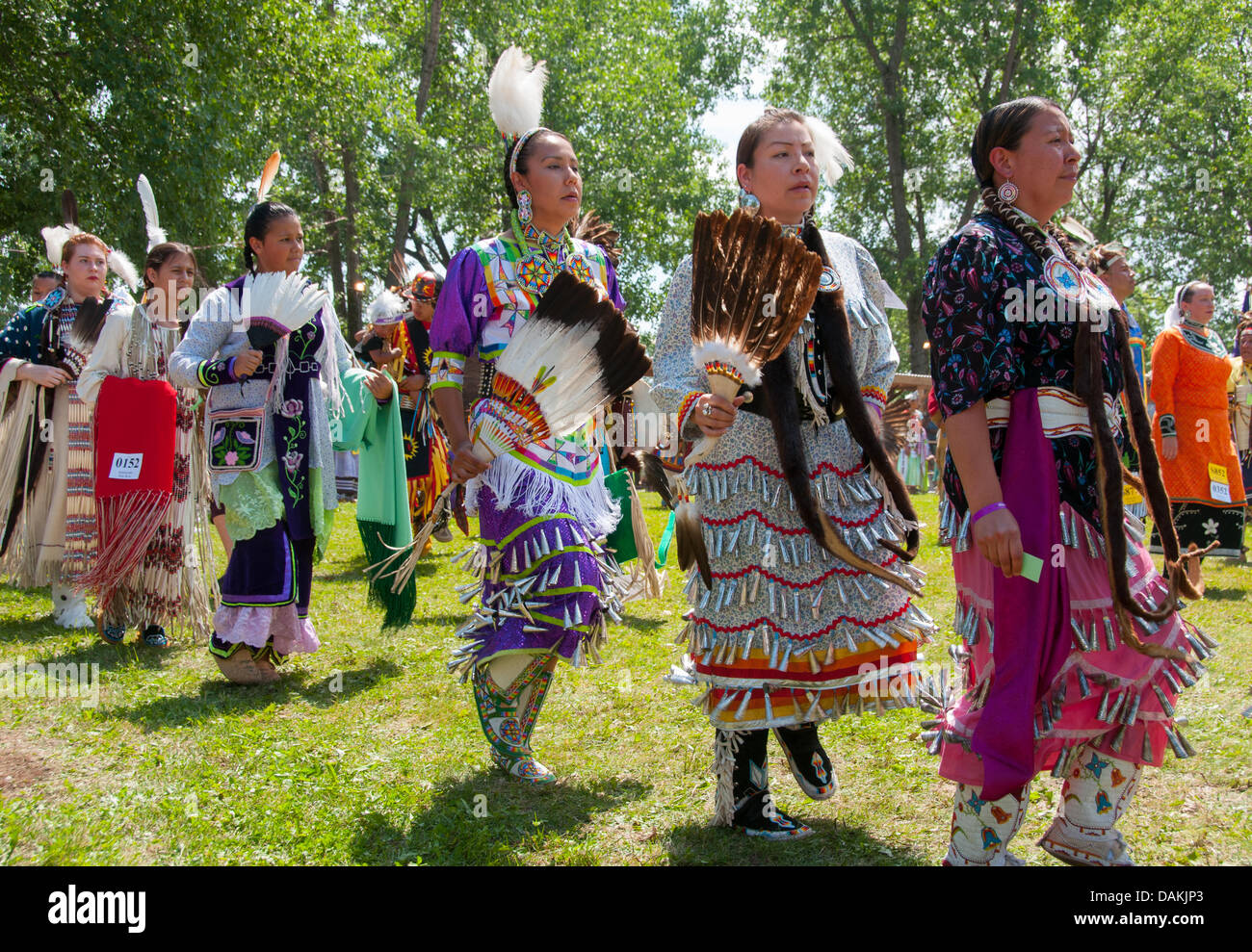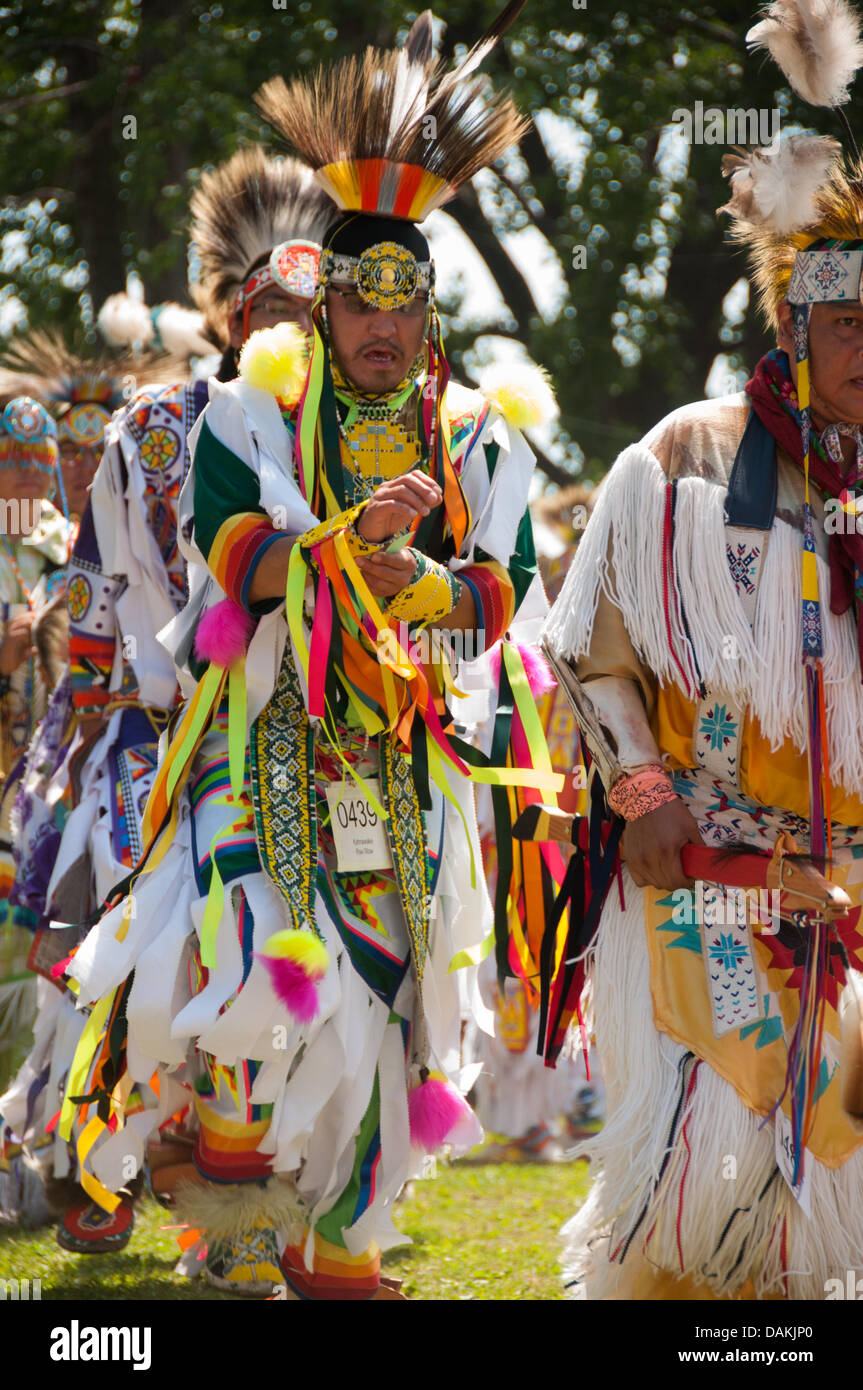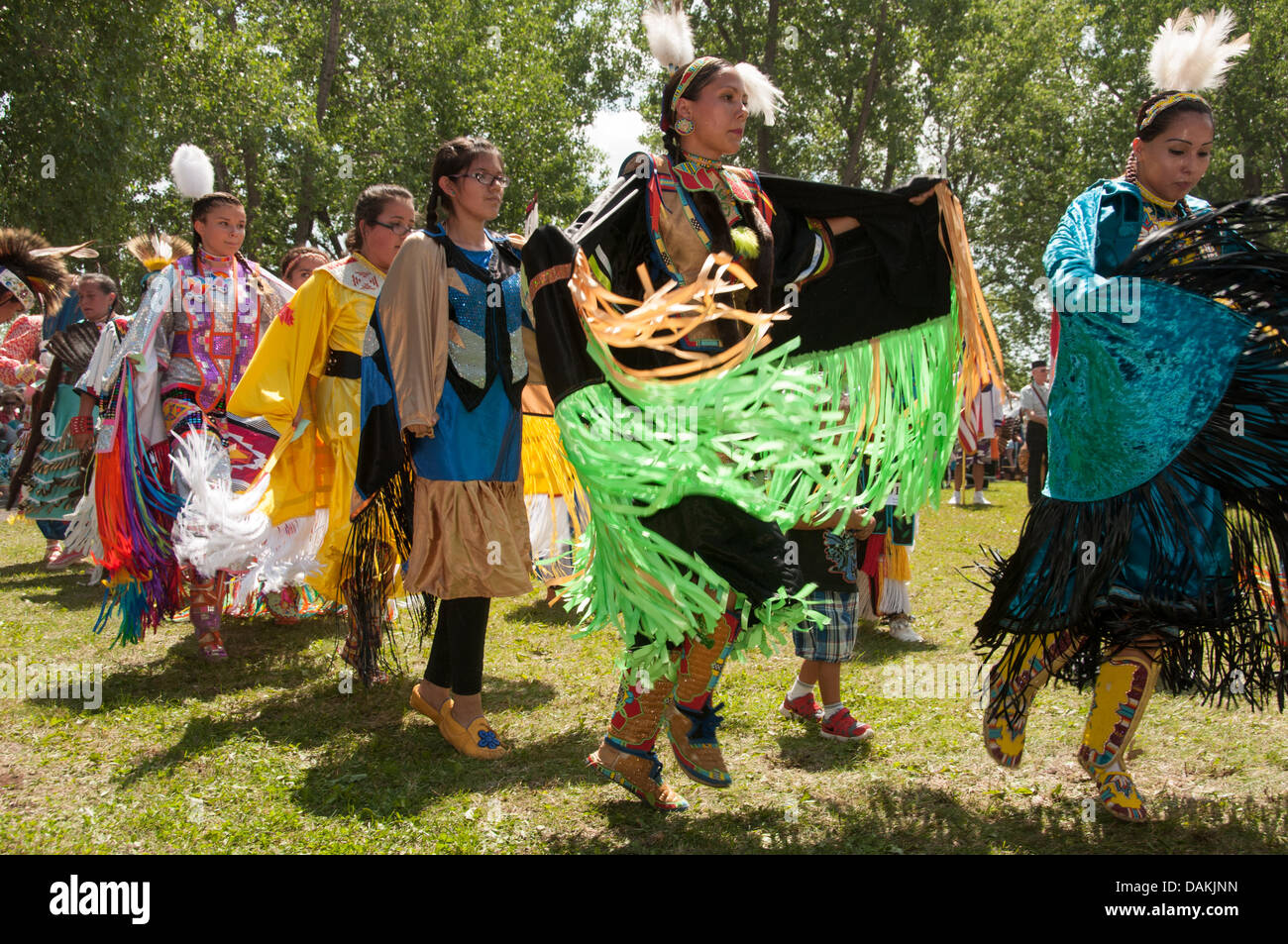
Rhythms of Resilience: The Enduring Heartbeat of Kahnawake Mohawk Traditional Dances
The air thrums, not with the static of modern life, but with the ancient, resonant beat of a water drum. In the Mohawk community of Kahnawake, nestled on the south shore of the St. Lawrence River near Montreal, this sound is more than just music; it is the pulse of a living culture, a direct conduit to generations past, and a powerful declaration of identity. Here, traditional dances are not mere performances but vital expressions of thanksgiving, history, healing, and an unwavering connection to the land and the Great Creator.
For the Kanien’kehá:ka (Mohawk people), one of the Six Nations of the Haudenosaunee Confederacy (Iroquois), dance has always been interwoven with the fabric of daily life and spiritual practice. Unlike many Indigenous cultures where large, intertribal powwows might be the primary public face of dance, the traditional dances of Kahnawake often stem from the more intimate, communal practices of the Longhouse, the spiritual and cultural heart of Haudenosaunee life. These are dances deeply rooted in the cycles of nature, the wisdom of the elders, and the collective memory of a people who have endured centuries of profound change.

"These dances are our prayers, our history, and our future all at once," explains Tekaronhióken, an elder and knowledge keeper from Kahnawake, his voice imbued with the quiet authority of tradition. "When we dance, we are not just moving our bodies; we are moving with the spirits of our ancestors, giving thanks for the harvest, for the water, for every living thing. It’s how we keep our language alive, how we teach our children who they are."
The Core of the Haudenosaunee Spirit: Thanksgiving and Community
At the heart of Haudenosaunee traditional dances lies the principle of Ohenton Karihwatehkwen – the Thanksgiving Address. This profound invocation, often recited before any significant gathering or ceremony, acknowledges and expresses gratitude for all elements of the natural world, from the smallest blade of grass to the sun, moon, and stars. The dances often follow this same spirit, embodying collective gratitude and reinforcing the community’s relationship with the natural world and the Creator.
One of the most foundational dances is the Social Dance (Kanóhkwak ni’iohontsa), often performed at gatherings and celebrations. These are inclusive dances, inviting participation from all ages, fostering a sense of unity and shared joy. They are a stark contrast to competitive powwow dances, emphasizing communal harmony over individual prowess. The steps are often simpler, allowing everyone to join in, reinforcing the idea that culture is for all.
The Mesmerizing Smoke Dance: A Display of Skill and Spirit
Perhaps one of the most recognizable and electrifying Mohawk dances is the Smoke Dance (Kakwitenhní:non). Distinct from many other Indigenous dance forms, the Smoke Dance is characterized by its incredibly fast, intricate footwork and its solo, often competitive nature. Traditionally, it was a men’s warrior dance, performed to prepare for battle or to celebrate victory. Its name is said to derive from the idea that the dancer moves so swiftly, he disappears like smoke, or that the dance clears the mind and spirit like smoke from a fire.
Today, both men and women perform the Smoke Dance, demonstrating remarkable agility, precision, and endurance. Dancers, adorned in traditional regalia – often featuring elaborate beadwork, quillwork, and intricate ribbonwork – move with lightning speed, their feet a blur of motion. The rhythm is driven by a single water drum, played with a rapid, staccato beat, accompanied by powerful, guttural singing. The challenge lies not just in the speed but in the dancer’s ability to maintain perfect timing with the drum, stopping precisely when the drum stops, often in unexpected patterns.
"When you’re out there, you don’t think about anything else," says Kaia, a young Mohawk woman in her early twenties, a seasoned Smoke Dancer who has competed at various gatherings. "It’s just you, the drum, and the song. You’re pushing your body, but your spirit is flying. It connects you to something ancient, something fierce."

The Communal Stomp Dance: A Spiral of Unity
In contrast to the solo intensity of the Smoke Dance, the Stomp Dance (Wahtahtsi’nón:we) is a communal, often ceremonial dance, deeply rooted in the Longhouse tradition. Performed in a counter-clockwise spiral formation, it involves a leader who sings and often carries a horn rattle or a turtle rattle, leading the group in a call-and-response pattern. The rhythm is created by the collective stomp of the dancers’ feet, often amplified by horn rattles tied to the women’s legs, creating a mesmerizing, percussive sound.
The Stomp Dance is less about elaborate footwork and more about collective movement, shared breath, and the powerful energy generated by the group. It is often performed during social gatherings, seasonal ceremonies like the Midwinter Ceremony or Green Corn Ceremony, and even for healing purposes. It embodies the Haudenosaunee principle of collective well-being and interconnectedness.
"The Stomp Dance is about moving as one," explains a community member who participates regularly in Longhouse ceremonies. "It’s a walking dance, a moving prayer. When you’re in that circle, you feel the energy of everyone around you, and you’re all moving together for the good of the community, for the good of all creation."
Women’s Dances: Grace and Strength
While many dances can be performed by both genders, some have particular significance for women. The Women’s Shuffle Dance (Akanitahón:tsa), for instance, is a graceful, collective dance that highlights the strength and resilience of Mohawk women. Dancers move with subtle, deliberate steps, often in a circular formation, their movements reflecting a deep connection to the earth and the life-giving force of women. Their regalia, often adorned with intricate beadwork and ribbonwork, adds to the visual poetry of their movements.
The sounds of the traditional dances are as distinct as their movements. The water drum (Kahná:ta), a small, hollowed-out log or ceramic pot with a stretched hide head, partially filled with water, produces a deep, resonant, and often haunting sound. The water allows the drum’s pitch to be altered by tilting it, creating a unique, living quality to the rhythm. Coupled with horn rattles (O’ní:kwa), made from the horns of buffalo or deer, or turtle rattles (A’nó:wara), made from the shell of a snapping turtle, the music is entirely organic, drawing directly from the natural world.
The singers, often men, play a crucial role, their voices carrying the ancient melodies and stories. Haudenosaunee songs are not just tunes; they are oral histories, spiritual teachings, and expressions of gratitude, passed down through generations.
Regalia: Woven Stories and Identity
The regalia worn by Kahnawake Mohawk dancers is a vibrant tapestry of cultural identity. Each piece is meticulously crafted, often taking hundreds of hours, and tells a story through its design, materials, and symbolism. Beadwork, a prominent feature, often depicts traditional motifs like the Tree of Peace, wampum belt designs, or floral patterns, each carrying specific cultural meaning. Feathers, particularly eagle feathers, hold immense spiritual significance, representing honour, strength, and connection to the Creator.
For men, roaches (deer hair headdresses), breechcloths, leggings, and sashes are common. For women, ribbon dresses, skirts, and moccasins adorned with beautiful beadwork are typical. The colours and designs are often personal or reflective of family clan affiliations, making each dancer’s regalia a unique, wearable work of art.
Revitalization and the Future
In the wake of centuries of colonial policies aimed at suppressing Indigenous cultures, the traditional dances of Kahnawake, like many Indigenous practices, faced immense pressure. Residential schools, the Indian Act, and the criminalization of traditional ceremonies all sought to sever the vital connection between the people and their heritage. However, the resilience of the Kahnawake Mohawk people has ensured that these traditions not only survived but are now experiencing a powerful resurgence.
Today, there is a concerted effort within Kahnawake to revitalize and teach these dances to younger generations. Community cultural centres, elders, and dedicated teachers offer workshops and classes, ensuring that the intricate steps, songs, and protocols are passed down accurately. Children as young as toddlers are encouraged to participate, instilling in them a deep sense of pride and belonging.
"It’s more than just learning steps; it’s about learning who you are, where you come from," says a young instructor at a local cultural program. "When these kids dance, they’re not just dancing for themselves. They’re dancing for their ancestors, for their community, and for the generations yet to come. They are the future of our culture."
The enduring power of Kahnawake Mohawk traditional dances lies in their ability to bridge the past and the present. They are not relics of a bygone era but living, breathing expressions of a vibrant culture. In the rhythmic pulse of the water drum, the intricate footwork of the Smoke Dance, and the communal spirit of the Stomp Dance, the Kanien’kehá:ka of Kahnawake continue to tell their story, give thanks, and celebrate their indomitable spirit, ensuring that the heartbeat of their culture will resonate for generations to come.


